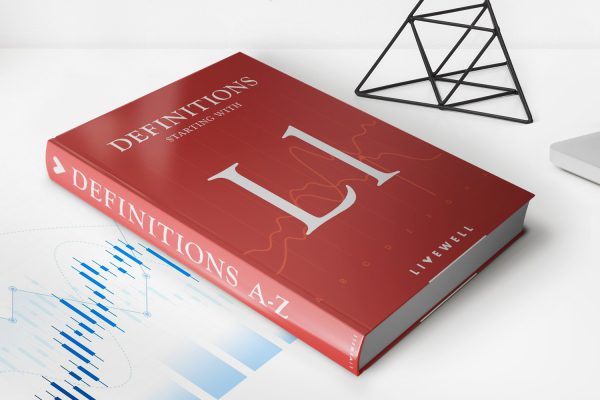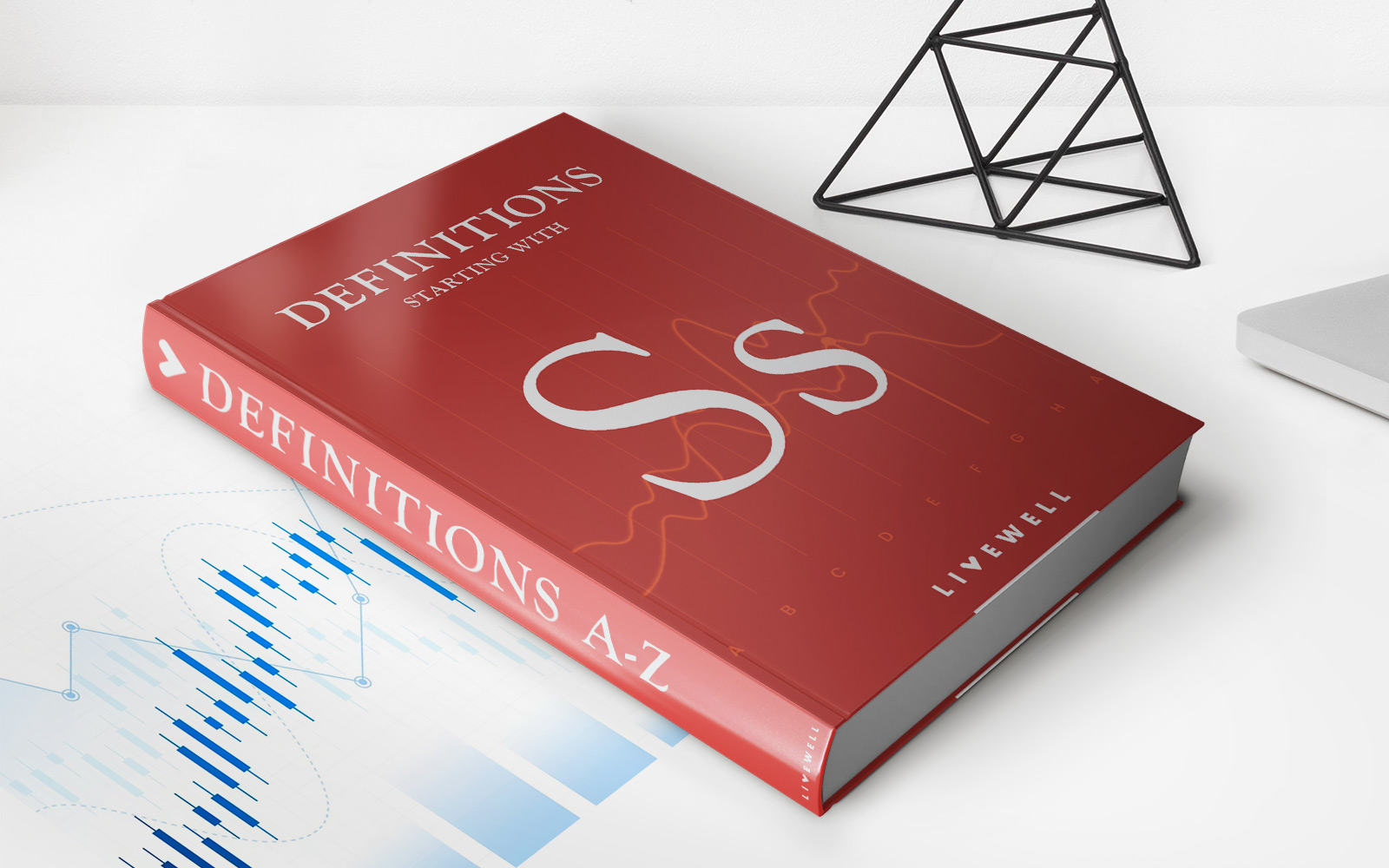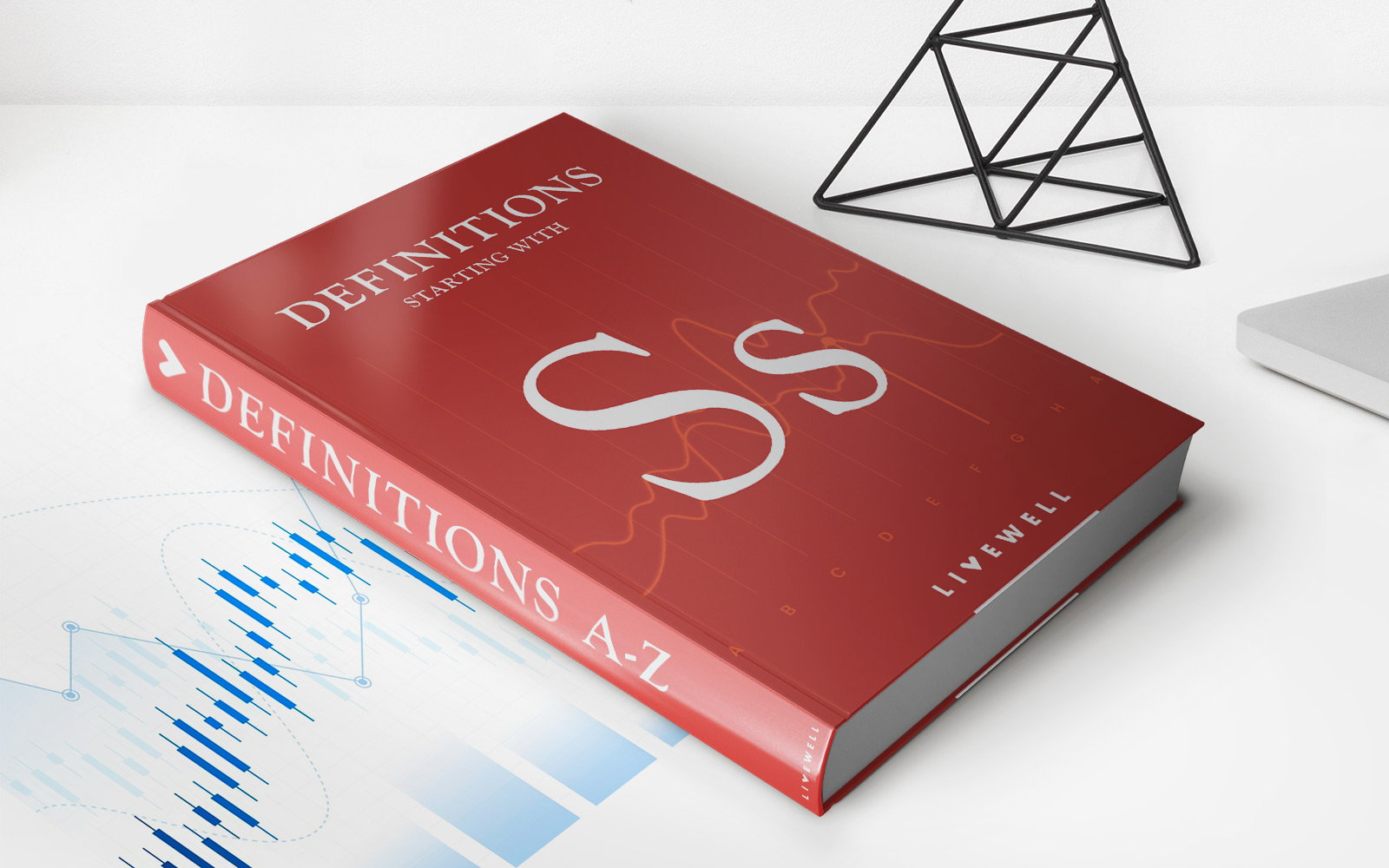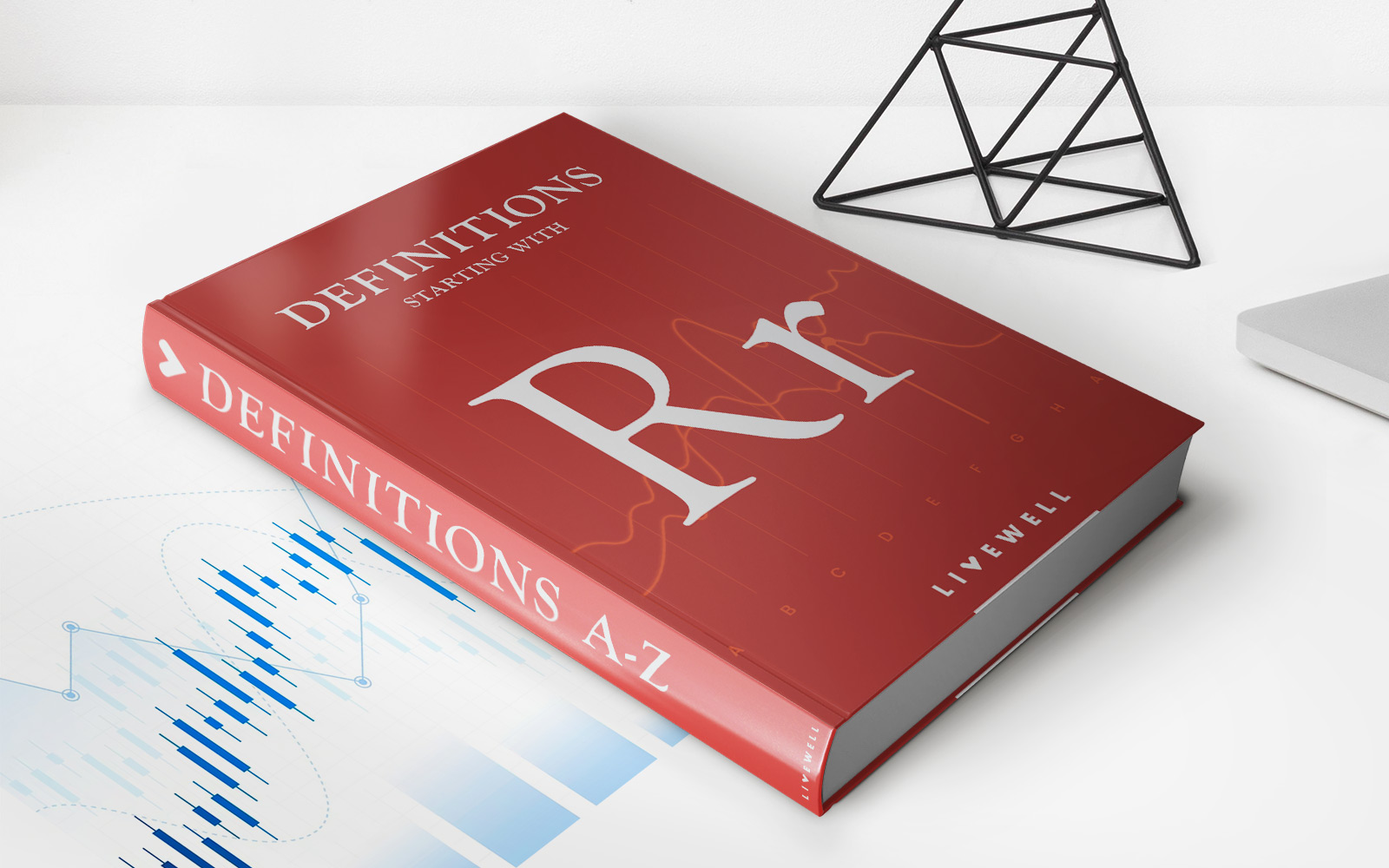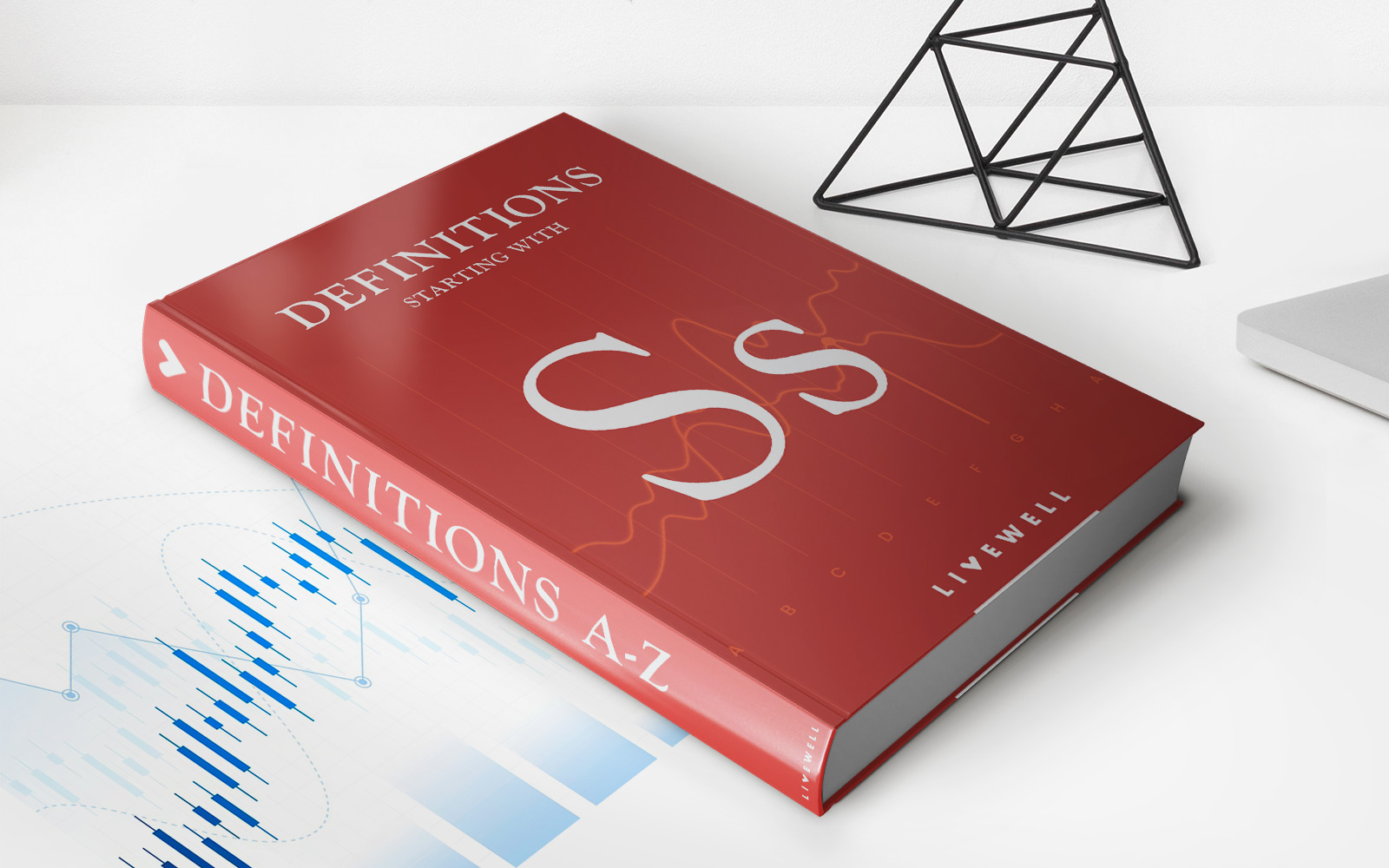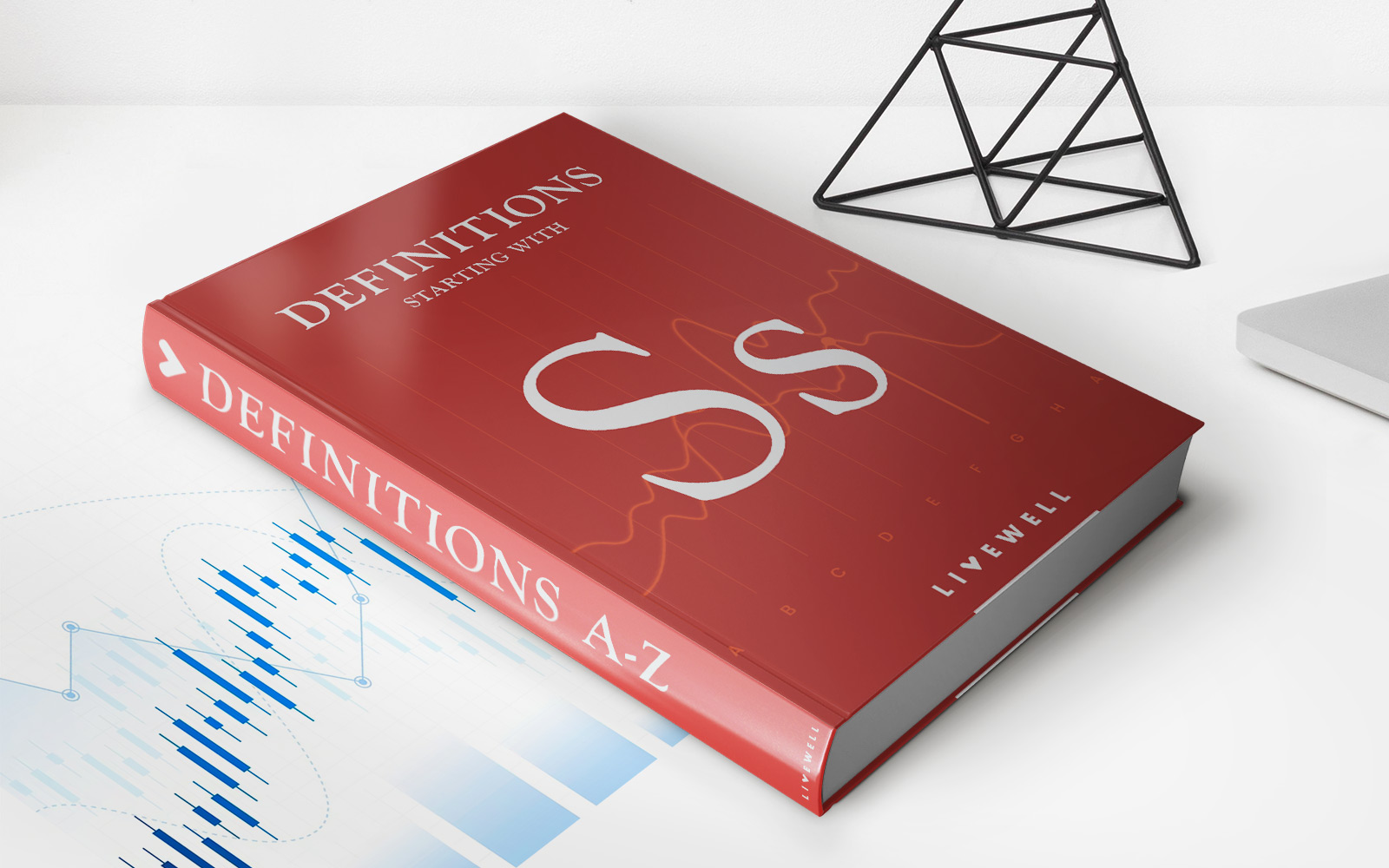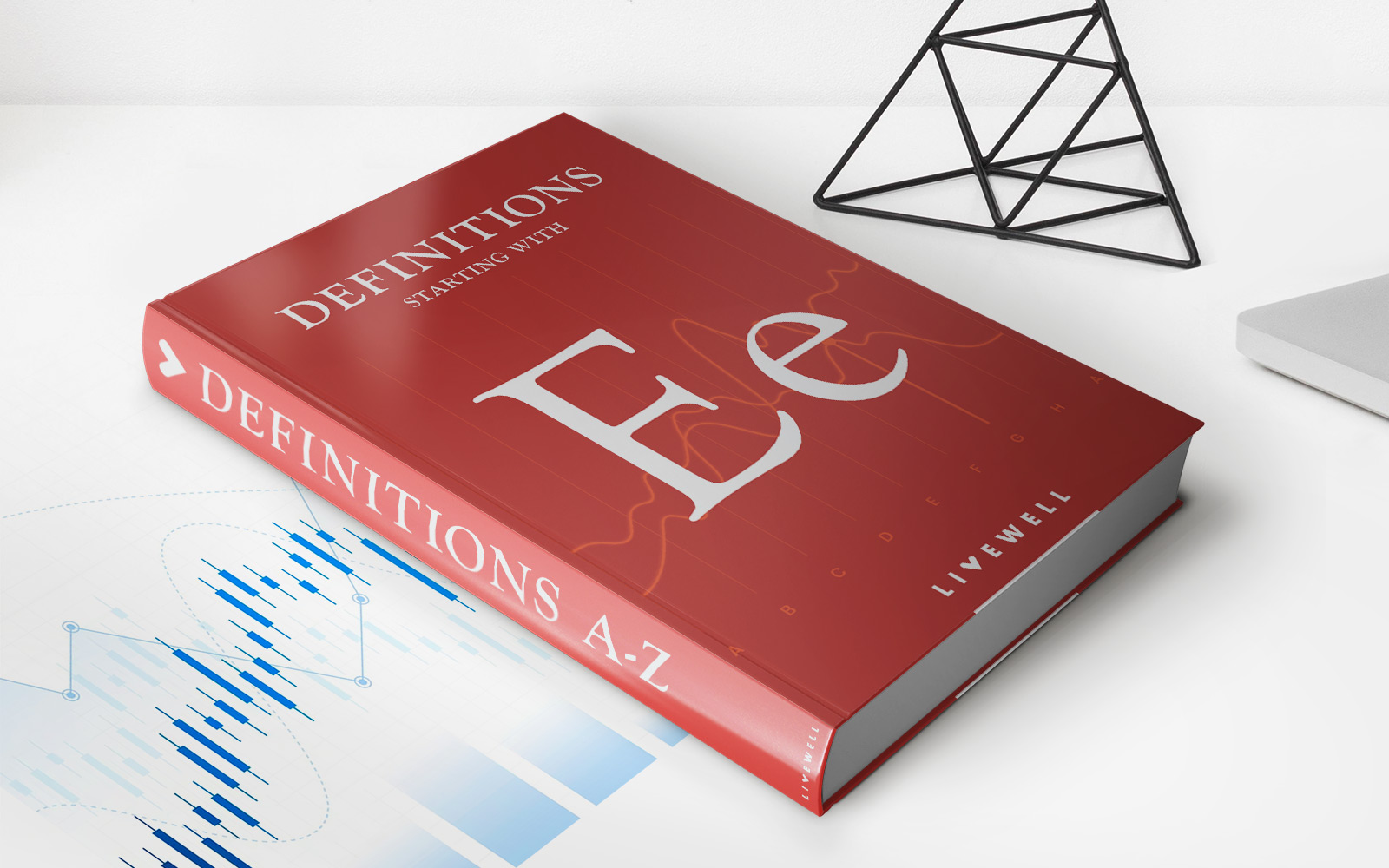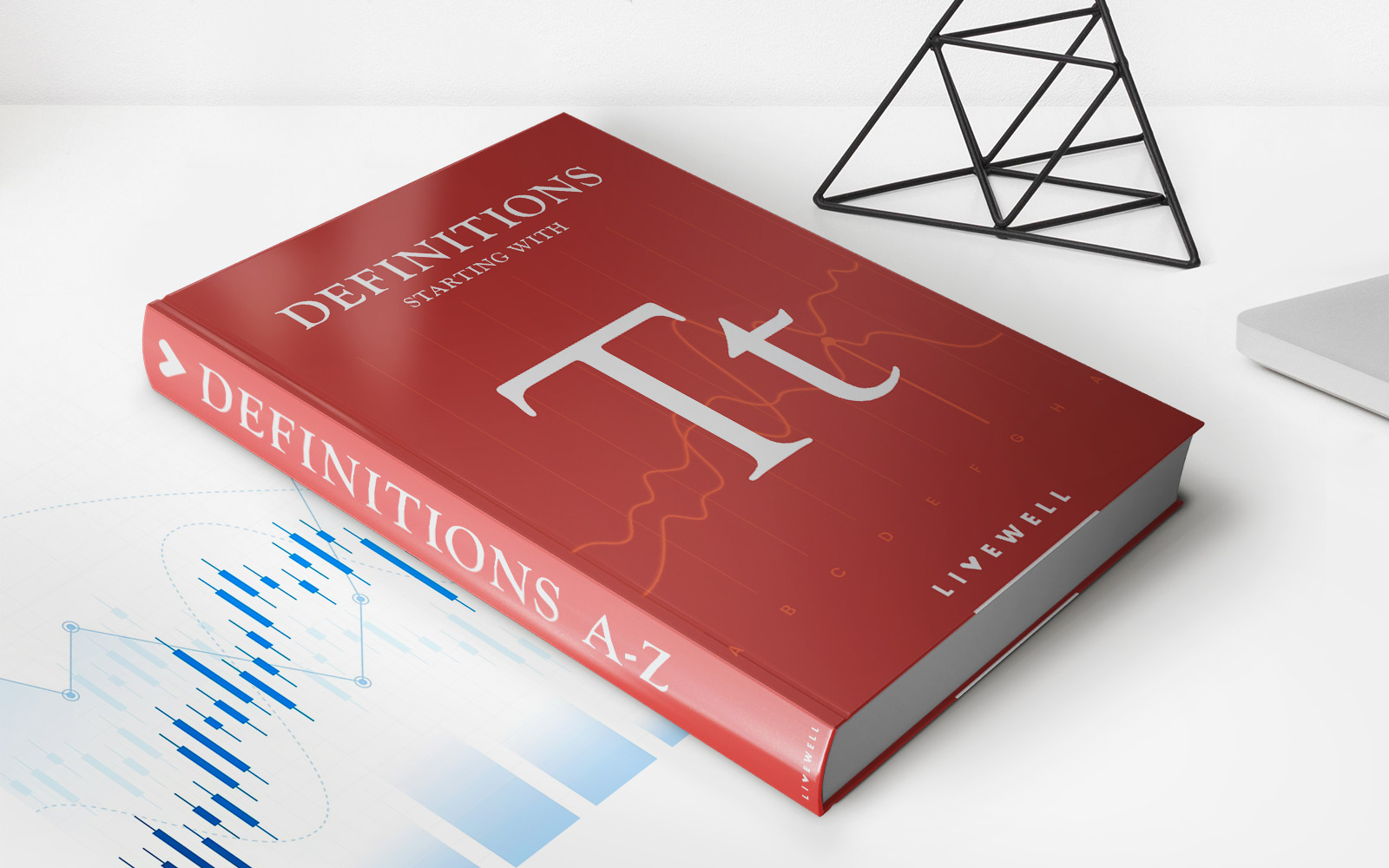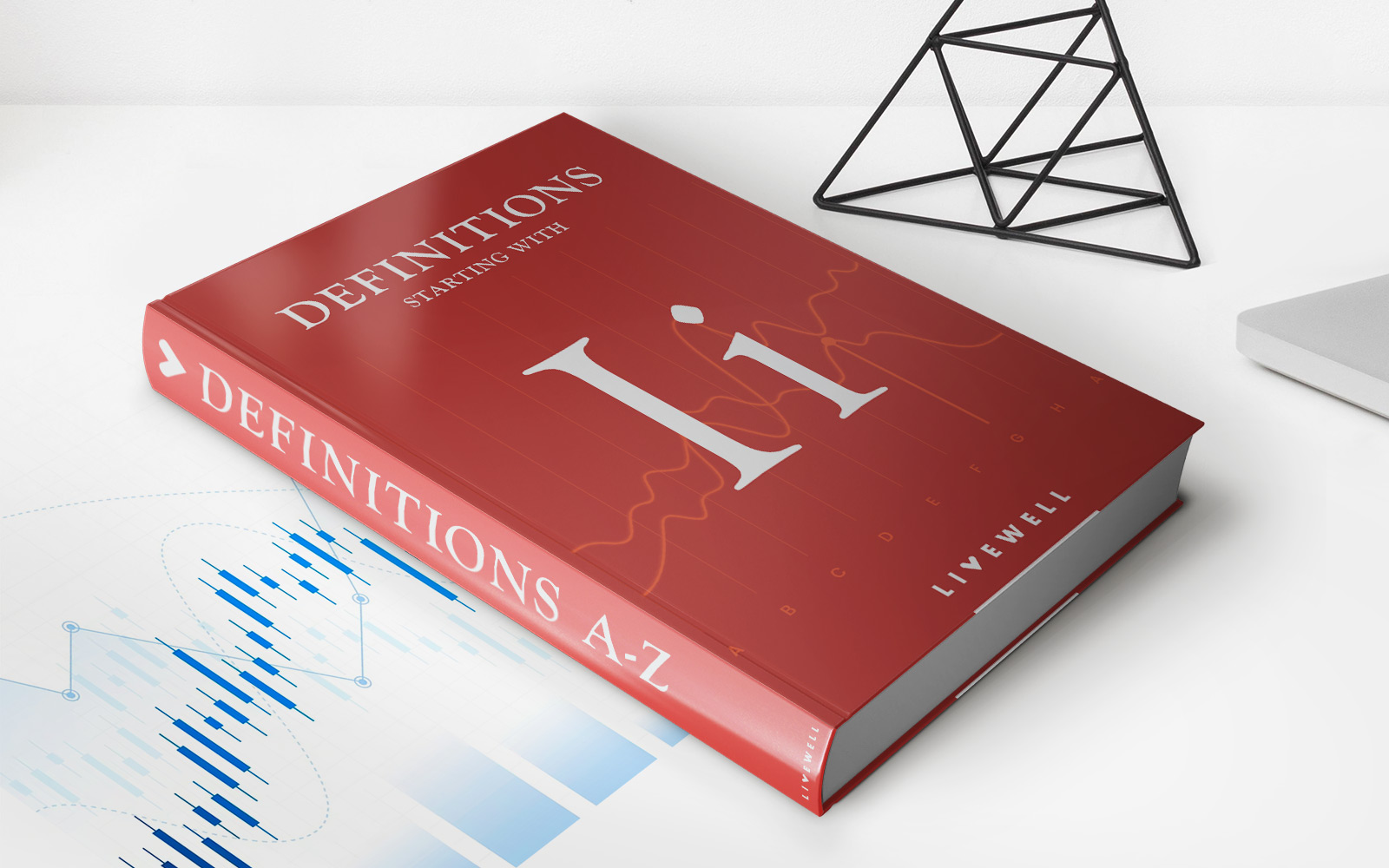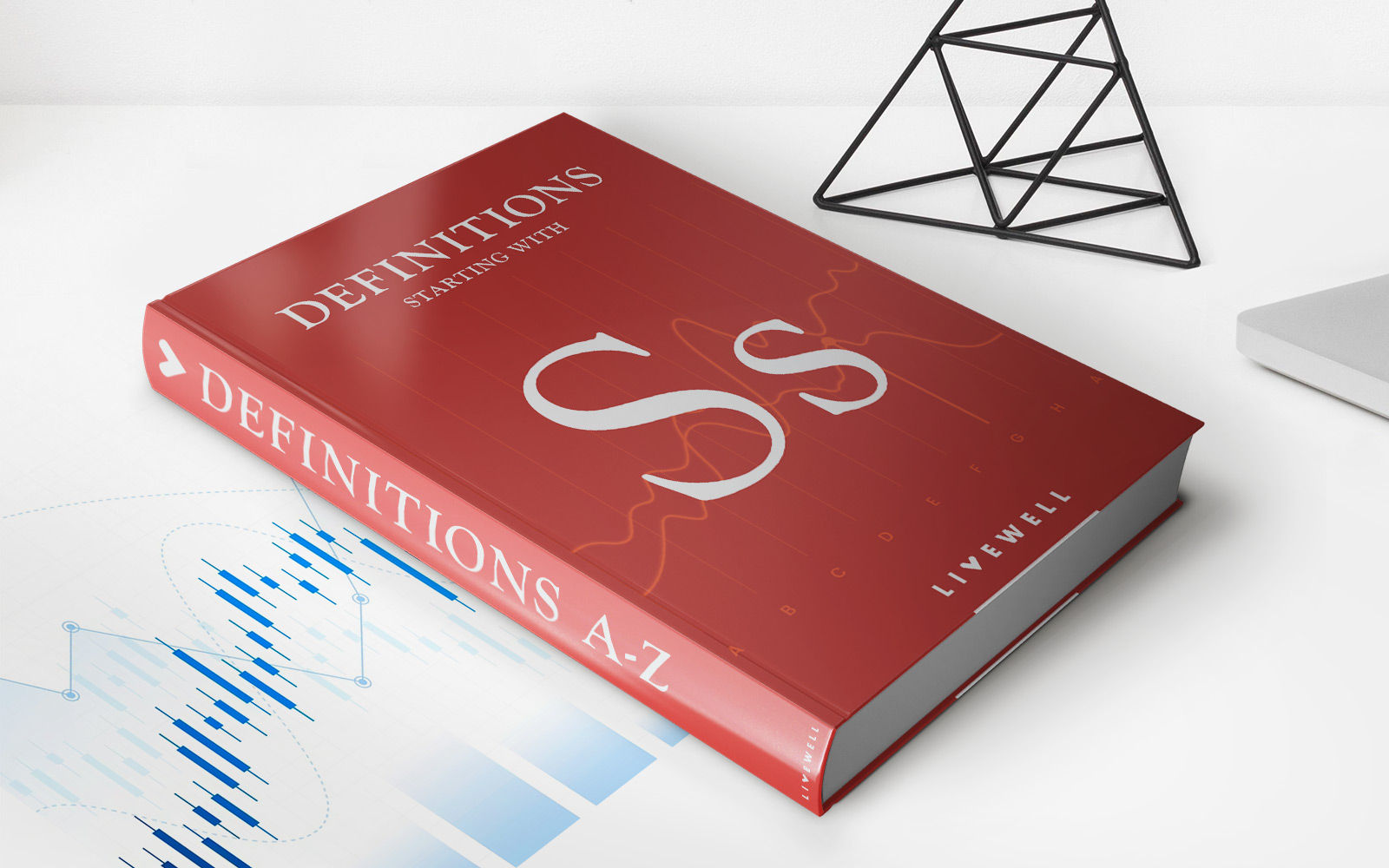Home>Finance>Short Run: Definition In Economics, Examples, And How It Works
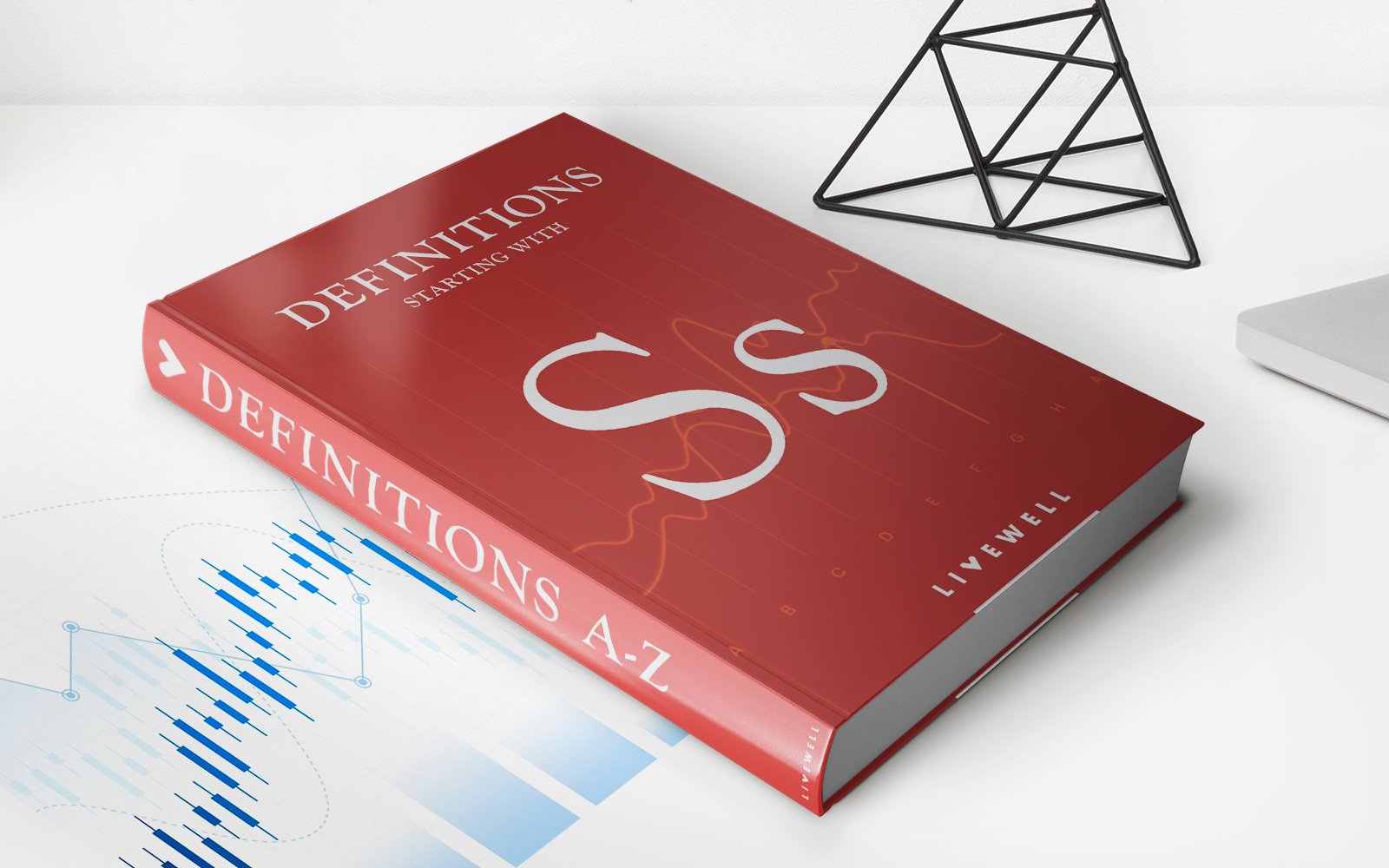

Finance
Short Run: Definition In Economics, Examples, And How It Works
Published: January 28, 2024
Discover the meaning of short run in economics and its impact on financial decisions. Explore examples and gain insights into how this concept operates in the world of finance.
(Many of the links in this article redirect to a specific reviewed product. Your purchase of these products through affiliate links helps to generate commission for LiveWell, at no extra cost. Learn more)
Finance: Short Run in Economics
When it comes to understanding the ins and outs of economics, there are many concepts that play a crucial role. One such concept is the concept of the short run. In this article, we will delve into the definition of the short run in economics, provide examples to help you visualize it better, and discuss how it works in the grand scheme of things.
Key Takeaways:
- The short run refers to a period of time in which certain factors of production, such as labor and capital, are fixed and cannot be easily changed.
- In the short run, businesses have limited flexibility and must make decisions based on the fixed resources available to them.
Understanding the Short Run
In economics, the short run is a specific time period during which certain factors of production cannot be easily adjusted. These factors can include labor, capital, or technology. It is important to note that the length of the short run can vary depending on the industry or specific circumstances. While it may be a few months for some businesses, for others, it could be several years.
During the short run, businesses face limitations in terms of their ability to change or adjust resources. This means that they need to make careful decisions based on the fixed resources available to them at that moment. It is in this context that businesses must analyze their costs, revenues, and overall production capabilities.
Examples of the Short Run
Let’s take a look at a couple of examples to better understand the concept of the short run:
- Example 1: Consider a manufacturing company that has a set number of machines in its factory. These machines are essential for production, and they cannot be easily altered or replaced. In the short run, the company’s production capabilities are limited by the number of machines it has.
- Example 2: Imagine a retail store that requires a specific number of employees to serve its customers effectively. In the short run, if the store suddenly experiences a surge in demand, it cannot immediately hire more employees due to time and resource constraints. This means that the store will have to find ways to manage the increased demand with the existing workforce.
How the Short Run Works
While the short run does impose certain constraints on businesses, it is a key period for decision-making and strategizing. During the short run, companies assess their costs, revenues, and overall performance to determine the best course of action.
Businesses may choose to increase their output if demand is high, even if it means operating at full capacity. Conversely, if demand is low, they may reduce their production or temporarily shut down certain operations to minimize costs. The decisions made during the short run can significantly impact the long-term success of a business.
In Conclusion
The concept of the short run in economics is an essential element that businesses must consider when making strategic decisions. By understanding the limitations and opportunities brought about by fixed resources, companies can navigate through market uncertainties and make informed choices that align with their goals and objectives. Whether it’s managing existing resources efficiently or adapting to changes in demand, the short run is a critical period for businesses to secure their position in the ever-evolving market.
